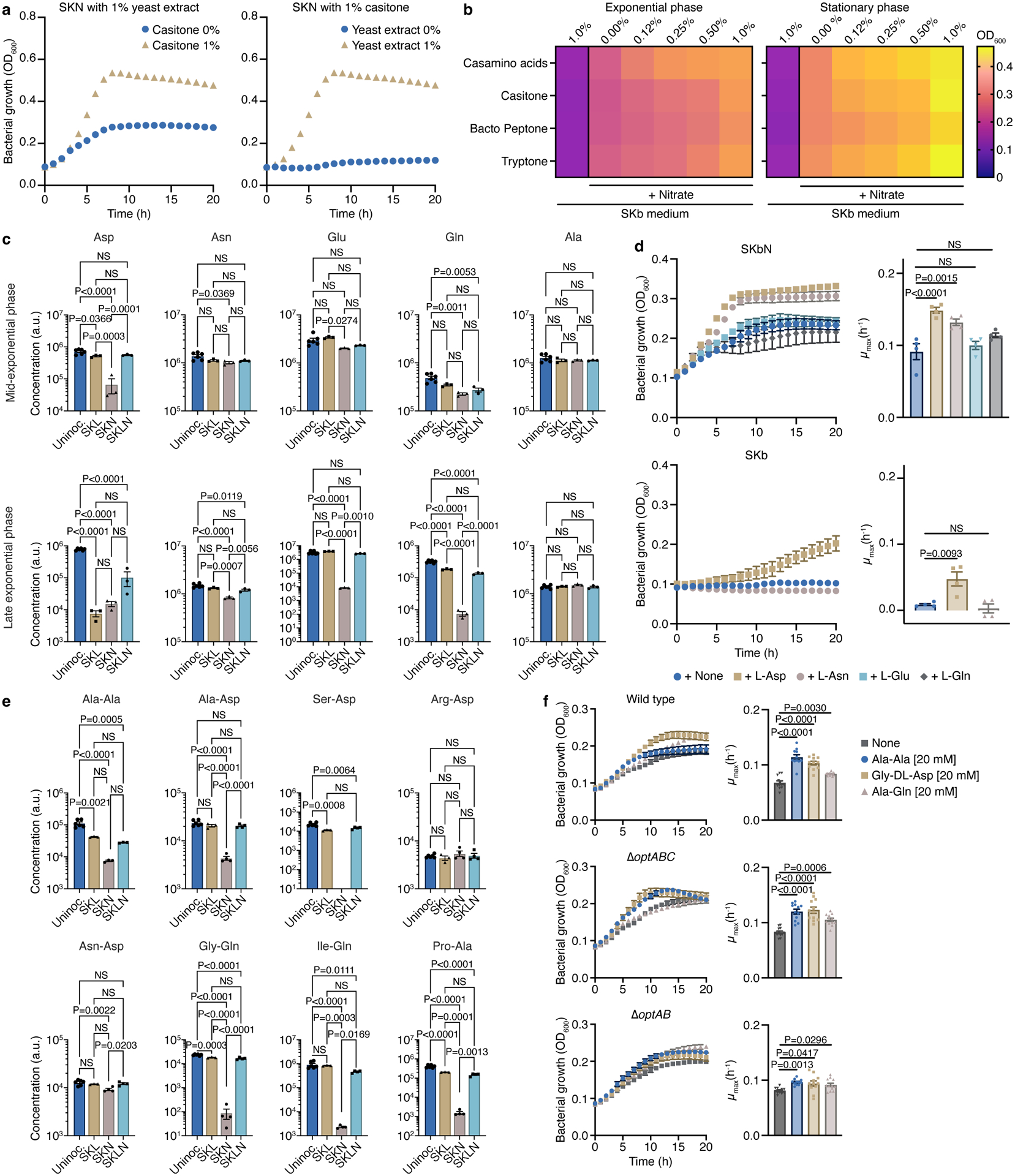Figure 2. Nitrate respiration expands the metabolic repertoire of Veillonella.

WT growth in a) SKN lacking casitone or yeast extract (n=3) and b) SK base (SKb) with or without nitrate and increasing concentrations of casamino acids, casitone, bacto peptone, or tryptone (n=4). c) Amino acid composition in uninoculated SK (n=6) and spent SKL, SKN, and SKLN (n=3) media at mid- and late exponential phases. d) WT growth in SKb plus nitrate (SKbN) and SKb with or without the indicated amino acids (25mM) (n=4). e) Dipeptide consumption in uninoculated SK (n=6) and spent SKL, SKN, and SKLN (n=3) media at the late exponential phase. f) WT (n=12), oppABC (n=12), and optAB (n=11) growth in SKbN with or without the indicated dipeptides (20 mM). Growth rates (μmax) were calculated for each growth curve (d,f). Data (c-f) represent mean±SEM, analyzed by one-way ANOVA and Tukey’s HSD test. NS, not significant. N numbers denote biological replicates.
